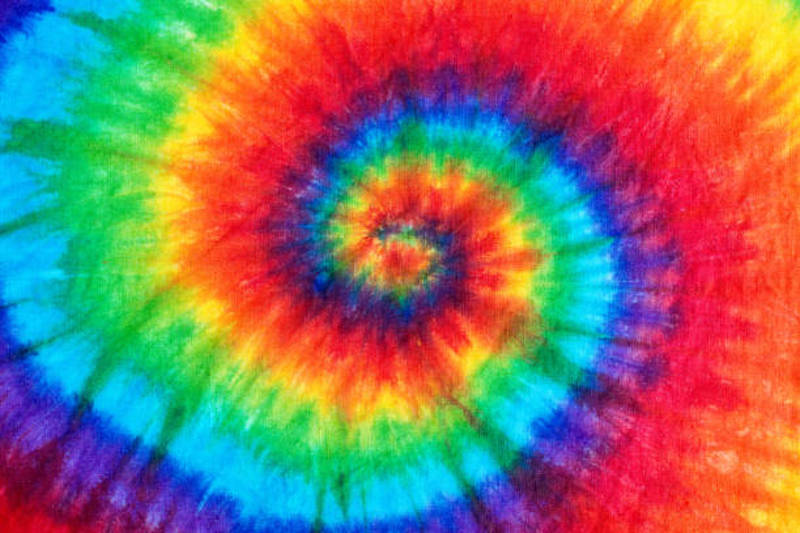tie dye history
At the time RIT dye was starting to lose its market. Tie dye was popular in the 1960s as Protest Art then as Pop Fashion in the 70s.
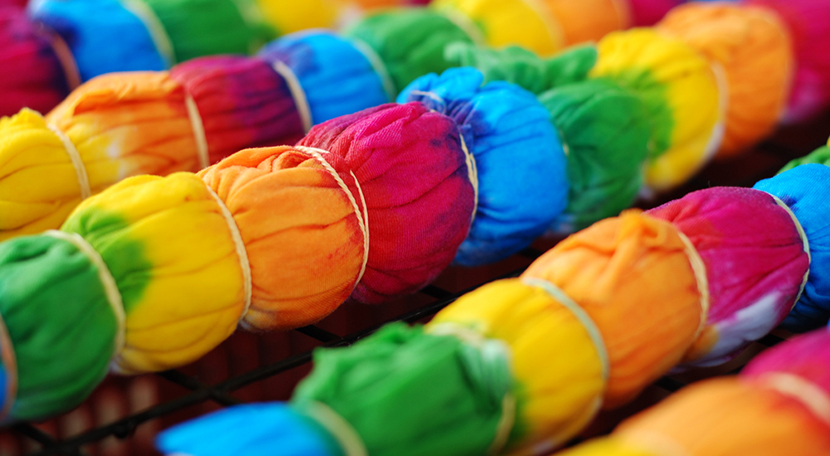
The Entire History Of The Tie Dye Shirt Updated July 2020 The Adair Group
The actual origin roots of tie-dye go back to ancient Asia.
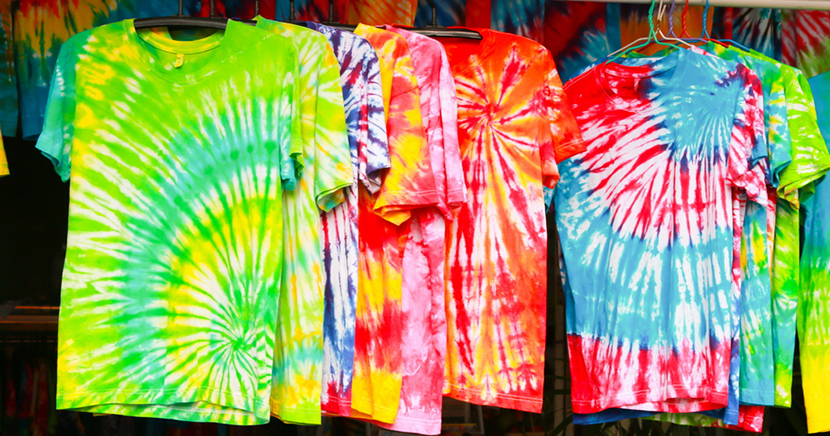
. The current history of tie-dye focuses back to the hippie movement. We call this tie-dying. Tie-Dying Through Time Tie-Dying is a product that dates back to prehistoric times.
During the Great Depression 1929-1933 the US Government. 9This method is now known as batik. Your clothing can be a form of protest.
Steven Falconer Flickr Tie-Dye in the Ancient World. The results were simple and varied designs. The history of tie dye is a long and storied one.
Its history is far longer more diverse. This period categorized itself as a counter to the 1950s the strict social guidelines imposed by the period and essentially everything their parents valued. But the first dyeing techniques similar to what we know today as tie dye started in Peru during the Late Stone Age.
People used direct dying methods with either natural or grocery-store type dyes-- randomly folding twisting and tying fabric or clothing. 3The term tie-dye which describes a process of folding twisting or crumpling a textile before tying it with string or rubber bands and then applying dyes entered the mainstream lexicon in America in the 1960s. The fact however is that the art of tie-dyeing is an ancient process that has been used as early as the 6th Century in countries including Japan India and Africa.
The earliest surviving examples of pre-Columbian tie-dye in Peru date from 500 to 810 AD. Archeologists have established that stamps may have been used for printing on fabric over 5000 years ago in both Mesopotamia and India. Unfortunately her source notes were lost so she has no references.
Primarily older women that dyed home goods. Tie dye became a popular way to protest the Vietnam war and the status quo. Their designs include small circles and lines with bright colors including red yellow blue and green.
9Tie-dye as we know it became popular in the United States in the mid-1950s. The oldest known examples of tie-dye have been found in Peru from around 100-200 BC with newer examples from China in 5th or 6th century AD found in other parts of the worldBut this process appears to have independently originated in locales all over the globe including India Japan and parts of Africa. Fabric dyeing has been around since about 4000 BC.
5Basically Tie-Dye came about when a company was trying to save its brand. The white band effects are to separate colors and potentially provide a pattern. The other obvious method was to tie the garment into tight knots or fold and tie it tightly so that when dipped into the dye some areas could not be reached by the dye.
In Japan they used tie-dye from 552 to 794 CE also known as the Nara period. During the 1960s and 70s. 2The History of Tie-Dye.
Despite its close association with Jerry Garcia VW microbuses and the Summer of Love tie-dye is neither a Western invention nor a product of the 1960s. The eras tie-dye was electric bold and came in bright hues often taking the popular swirl form. All used natural dyes which came from plants like indigo.
23Along with love beads sandals and military jackets embellished with peace signs tie-dye is one of the most indelible symbols of 1960s hippie style. The earliest illustrations are paintings on Ajanta Cave. The payment shall be made based on the number of points in the pattern.
Tie dye history cannot be separated from the counterculture movements in the American 60s and 70s. In Egypt clothes that were used to wrap mummies were found to have been dyed in bright colors. These people used dyes from naturally growing flowers berries roots and leaves such as lichen.
That decade was characterized by among other things racial injustice and violence political scandals and divisions over an. 21In the United States the rainbow swirls of tie-dye usually bring to mind the counterculture movement of the late 1960s and early 1970s. History of tie-dye First generation 1965 to 1980 Dyeing is a very old craft but lets begin by jumping straight into tie-dye itself which is a modern manifestation of dyeing.
Designs are made by plucking and tying many small points with thread before dyeing. Its also known as Bandhni Bandhej and Plangi. Tie-dye long before the 70s was known as Shibori a Japanese term that encompasses a wide variety of resist-dyeing techniques which have been utilized by different cultures for over 6000 years.
The process was used during the Tang Dynasty in China and the Nara. This is actually when it was popularized. 3From our standpoint that makes perfect sense since the 1960s is when this groovy process of dyeing fabric first appeared here.
Material from Tie and Dye is folded and attached to the knots. Bandhani dates back to the Indus Valley Civilization in the Bronze age 3300 BC-1200 BC. Images of Woodstock Jimi Hendrix and The Grateful Dead may dance across your eyes but tie-dyes history stretches far beyond the summer of love and psychedelia.
Its hard to say exactly how the style came to the States but there are a few credible guesses which likely happened in tandem much like the original creation of the technique in antiquity. The items were then either dipped or put into a dye bath. The end results are random patterns that are either geometric or loose and free flowing andor combinations of everything in between.
There were many versions of tie dye which developed in different places around the world. The earliest examples of tie-dye in the Far East are from Sui dynasty 5th century AD China. It first came into public knowledge in the 1960s.
In China they were using tie-dye from 618 to 906 CE. Tie-dye was used as a way and a look for protesting the Vietnam war. During the Tang dynasty.
Tie-dye in its current form is a craft all in itself and is separate from other form of dyeing. 23History of Dyes A very handy summary of dye history is Susan Drudings Dye History from 2600 BC to the 20th Century. While Tie Dye appeared throughout history from the Indonesian ikat to African gara and adire it was the American 20th century that brought bright colours and swirling patterns back into the limelight.
RIT dye at the time was losing momentum with their prime market clientele older generation females doing home-dying. Dating as far back from about 1000 BC. But they were not.
But were not ready to take the time machine to the swinging 60s just yet. While that is correct in the history of tie-dye its roots go back deeper into history. 16In the early 70s tie-dye was widely related to the Hippie movement as its psychedelic form became dominant in music festivals and protests.
During a period at the end of the 16th century Japan was divided into kingdoms which were often at war with each other. Bandhani is the oldest known tie dye tradition still practiced. The earliest mention of tie-dye in historical records comes from China and Japan.
Tie dye became popular as an idea. Many cultures around the worldfrom. As a number of 70s trends have returned today so has tie-dye both in the lively colors of the.
You must separate the folds to open the knots. Although not called tie-dyeing. A sari would have a complex design with about 75000 points.
11Even though tie-dye is born of a long multicultural history of resist-dyeing most people most closely associate the style with the counter culture in the US. Currently tie-dye uses fiber reactive and weak acid dyes to obtain bright and vibrant colors. These are the most notable tie dye decades but tie dye is renewed each decade.
The minute and skillful handling of Tie and Dyes fingers for binding vast knowledge of colors and the. A majority of people think that tie-dye was created in the 1960s by hippies. Indian tie-dye technique Bandhani also known as Bandhni and Bandhej is the oldest tie-dye tradition we know that is still practiced.
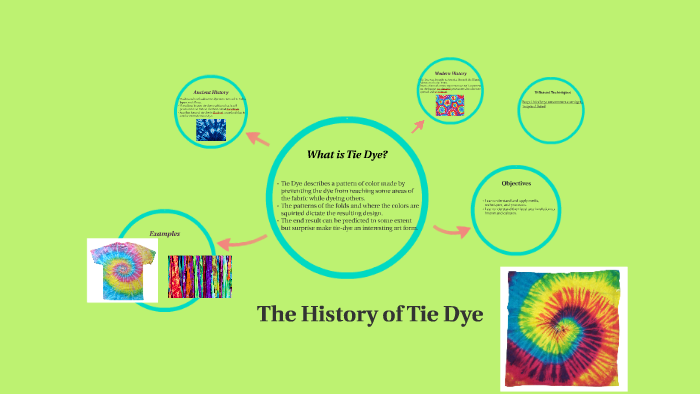
The History Of Tie Dye By Leah White

The Entire History Of The Tie Dye Shirt Updated July 2020 The Adair Group
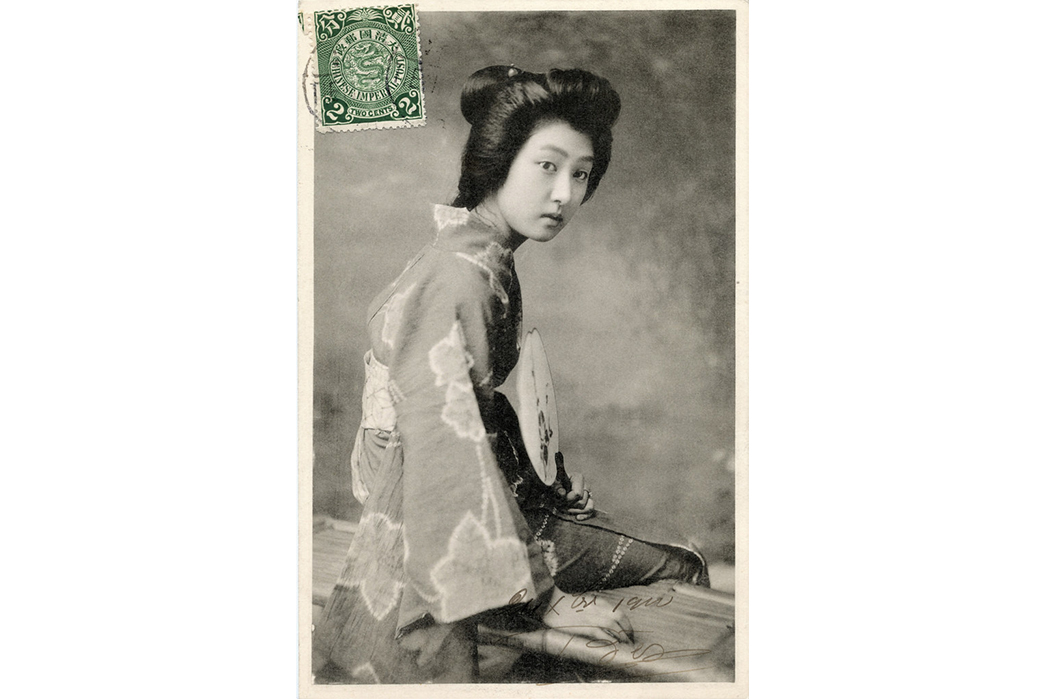
Tie Dye A History Of Shibori Gone Global

Tie Dye History And Its Uses In Various Cultures The Skull And Sword

History Of Tie Dye Tie Dye Patterns Tie Dye Techniques Tie Dye Outfits
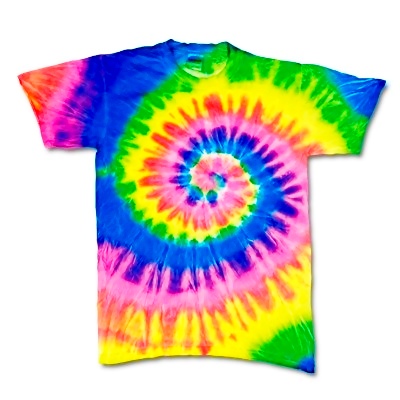
History Of Tie Dye T Shirts The Adair Group

/cdn.vox-cdn.com/uploads/chorus_asset/file/19056406/GettyImages_1159258230.jpg)
